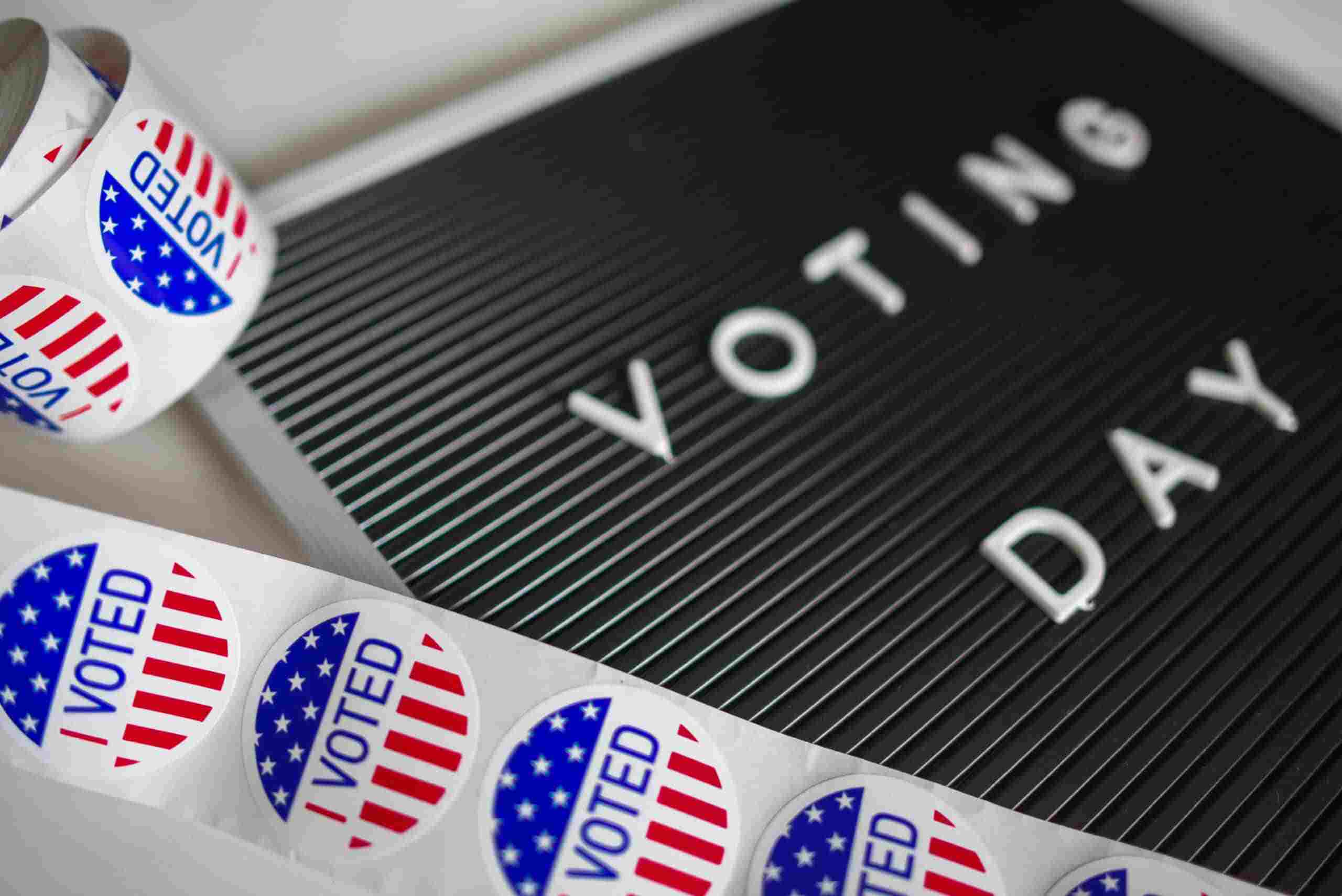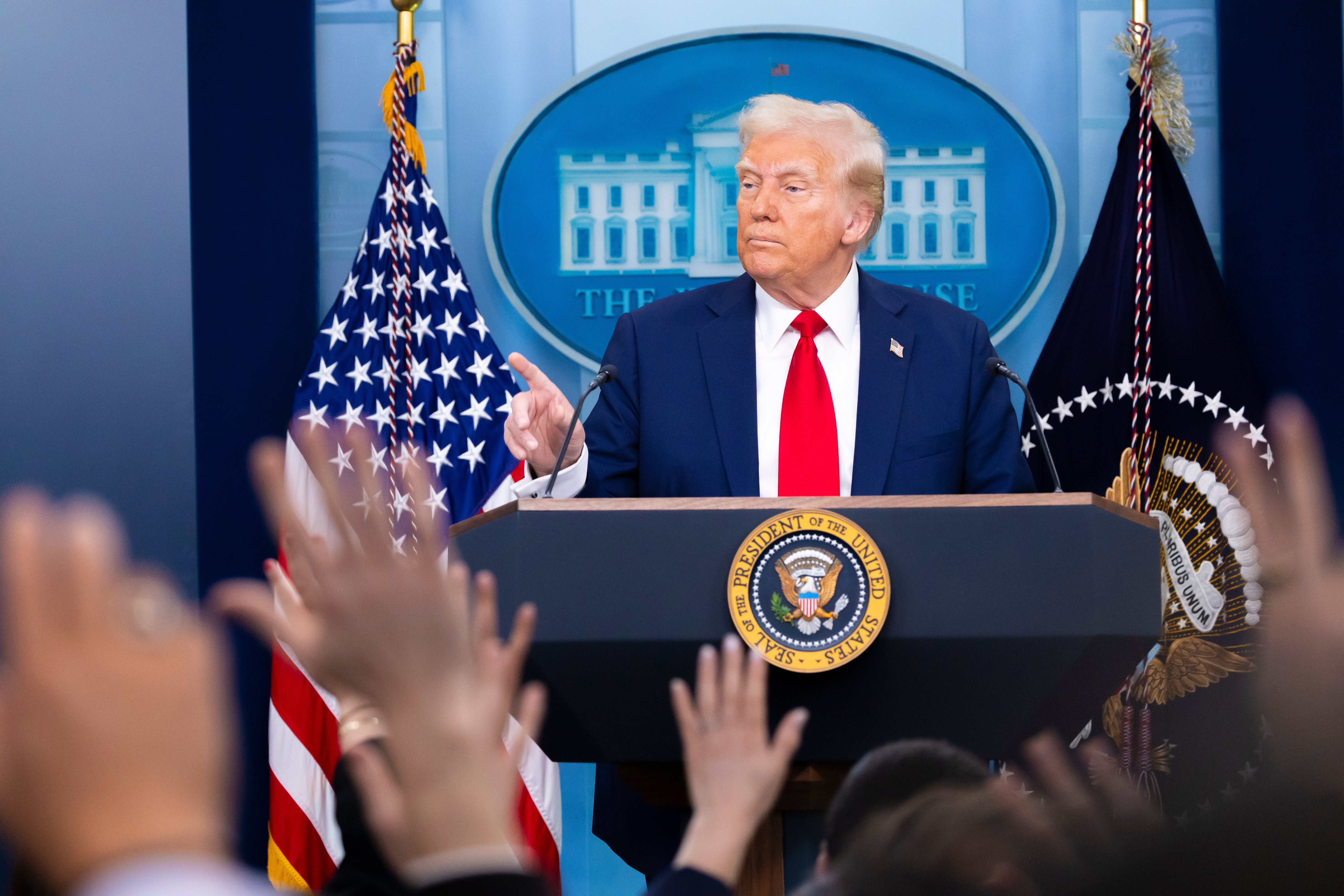By Meaghan Walsh
On February 4th, 2023 the Democratic National Committee approved changes to the Presidential primary calendar. Iowa will no longer hold the coveted first spot, nor will New Hampshire be the first official primary. Both historically held honors will now go to South Carolina. The new calendar is as follows: South Carolina on February 3rd, New Hampshire and Nevada on February 6th, Georgia on February 13th, and Michigan on February 27th. With this change, South Carolina, Georgia, and Michigan have been accelerated to the front of the line. In 2020, South Carolina’s primary was on February 29th, right before Super Tuesday. Michigan’s primary was hosted on March 10th and Georgia’s was as late as June 9th. While many questions remain, including the feasibility of these changes due to current statutes, AdImpact offers an estimate of how this shakeup could affect the political ad buying landscape in 2024. A key factor in determining candidate spending estimates is whether President Joe Biden runs for reelection. If he decides not to run again or faces primary challengers, the new calendar could require significantly more spending for February reservations than ever before.
Larger populations mean more eyes to catch. Therefore, as the population of a state increases, so does the expected price of ad reservations. South Carolina is much larger than its predecessor, Iowa, with 1.9M more people. Georgia and Michigan also boast larger populations than New Hampshire and Nevada. Georgia and Michigan are home to 10.7M and 10.1M respectively, while New Hampshire’s population is 1.4M and Nevada’s is 3.1M. The proposed new states are not only larger, but also home to popular media markets. Nielsen ranks every Designated Market Area (DMA) each year to measure media consumption by region. In 2023, Atlanta ranks 7th, Boston, which serves NH voters, is 10th, Detroit is 15th, Greenville-Spartanburg, SC/Asheville, NC is 35th, Las Vegas is 40th, and Des Moines is 68th. The proposed primary order will therefore increase the overall price tag for Democratic candidates’ political ads.
Not only do states compete to frontload their position in the Presidential primary calendar, but more candidates place ads earlier in the process to improve their profile. During the 2020 primaries 17 different candidates placed ads in Iowa. Fourteen placed ads in New Hampshire, followed by eight in Nevada, and nine in South Carolina. Comparatively, for states further along in the process, very few candidates continued to place ads as momentum coalesced around a handful of candidates. In 2020, Michigan only had four candidates run ads in its primary while Georgia only had three. With this expected increase in competition, these new states will likely see an added premium in their pricing due to their elections’ raised significance. The added expense will also likely result in expedited candidate drop out as those who cannot raise money fast will face greater financial strain.
The question remains: how much can candidates reasonably expect to spend in these new states? AdImpact used a combination of candidate broadcast spending and ratings data to offer a rough estimate for the cost of a week’s worth of broadcast ads for candidates in Iowa, New Hampshire, Nevada, South Carolina, Michigan, and Georgia. This estimate is derived from the median Cost Per Point (CPP) by media market 30 days before the 2020 Presidential primary, the 2022 primary and the 2022 general election date for each of the six states. The CPP in active media markets was then multiplied to determine an estimated price for a week’s worth of political ad reservations. These estimates offer a general understanding of candidate rates each year on broadcast rather than exact spending data.

From 2020 to 2022, the estimated weekly cost in each state increased. If this trend continues, we can assume that political ad spending will be even more expensive in 2024. While New Hampshire was the most expensive weekly estimated cost in 2020 (due in large part to New Hampshire’s early primary and the price of the Boston market), Michigan had the largest estimated weekly cost in 2022. South Carolina remained generally consistent each year, but Georgia and Nevada skyrocketed in estimated weekly price from 2020 to 2022. Atlanta’s position as the 7th largest DMA and Nevada’s newfound primary date suggests we can likely expect a premium on advertisements in these states for candidates this cycle.

When averaging the candidate weekly estimated cost from the 2020 presidential primary and the 2022 primary and general elections, Michigan held the highest estimated cost. New Hampshire held the second spot. Nevada which ranks third, saw a 137% increase in estimated candidate cost from its 2020 presidential primary to its 2022 general. This jump was largely due to the competitive gubernatorial and Senate elections in the state last year. Although South Carolina had a lower overall average, they are more expensive than the state it will be replacing in the proposed 2024 primary order. South Carolina’s average was $361K, compared to just $254K in Iowa. With this change, Democratic presidential candidates can expect higher reservation costs in their first contest than ever before.

The difference in cost between the old Presidential primary calendar and the new state order becomes staggering when analyzing the sum of average estimated weekly cost by calendar order. Under the old system, four primaries occurred before Super Tuesday. The estimated price for a week to compete in the first four states would be $1.5M. With the new calendar order, the financial expectation for candidates drastically increases to $2.2M, with five primaries set to occur in February 2024. One of the largest impacts under the new calendar, beyond the entrance of Georgia and Michigan, is the added financial burden of hosting two primaries on the same day in both New Hampshire and Nevada. New Hampshire is home to an incredibly expensive media market while estimated costs in Nevada have drastically increased since 2020. Not only will this scenario split candidate focus, but it will also force them to frontload significant spending into two relatively expensive states at once.
Overall, these Democratic Presidential primary calendar changes likely mean the financial burden for Democratic hopefuls to enter the presidential primary just became even higher. Candidates will likely need to spend more than ever before Super Tuesday in 2024. We might see primary contenders leave the stage faster than ever due to the calendar change. Political ad spending already reached record highs in 2020 and 2022. This new order could heighten ad spending even further than previously assumed, potentially leading to the most expensive cycle ever. While the Democratic primary field might be void of challengers in 2024, this calendar has real implications if adopted for more competitive cycles ahead.









